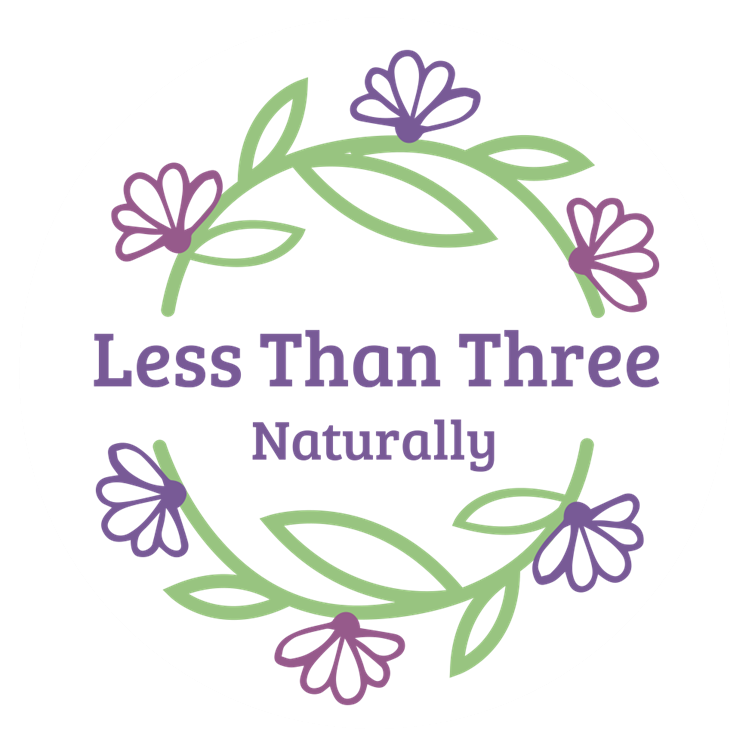
Sea buckthorn (Hippophae rhamnoides), also called Seaberries or Siberian pineapple, is a small, thorny shrub that grows in the Himalayas, Siberia, and other parts of Asia and Europe. The leaves, flowers, seeds, and fruits have been used for centuries in traditional medicine and has recently gained popularity as a skincare ingredient due to the berries containing ten times more vitamin C than an orange and being the third-highest source of vitamin E among plants.
Sea buckthorn has been used for its medicinal properties for over a thousand years in Asia and Europe. It was believed to have wound-healing, anti-inflammatory, and anti-aging benefits. In traditional Tibetan medicine, sea buckthorn was used to treat various skin conditions, including burns and eczema.
Today, sea buckthorn is commonly used in skincare products due to its high content of antioxidants, vitamins, and essential fatty acids. It is one of the only oils to contain all four types of omega fatty acids; omega-3, omega-6, omega-7, and omega-9. This makes it a good oil to help repair the skin barrier. Combined, the properties of sea buckthorn help to protect and nourish the skin, improve skin elasticity, and reduce the appearance of fine lines and wrinkles. Sea buckthorn oil is a popular ingredient in skincare products, including serums, moisturizers, and facial oils.
The oil from sea buckthorn can be extracted through several methods, including cold-pressing, supercritical CO2 extraction, and solvent extraction. Cold-pressing is the most common method, which involves pressing the fruit and seeds to extract the oil. This method ensures that the oil retains its natural nutrients and fragrance. Supercritical CO2 extraction is a more expensive method that uses carbon dioxide under high pressure to extract the oil. This method is more efficient at extracting the oil but may remove some of its natural fragrance. Solvent extraction is a less common method that uses chemical solvents to extract the oil.
Aside from skincare, sea buckthorn is also used in the food and beverage industry as a natural colouring and flavouring agent. The fruit is used to make juices, jams, and teas.
